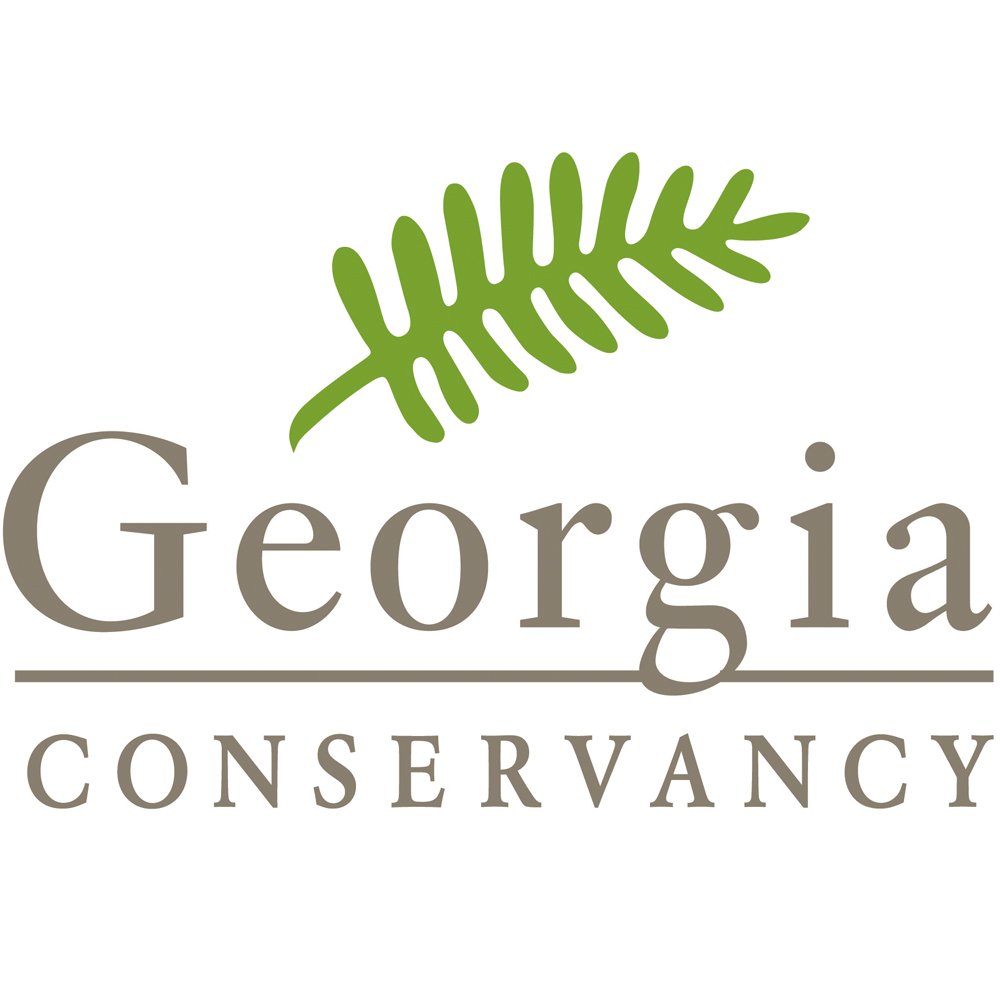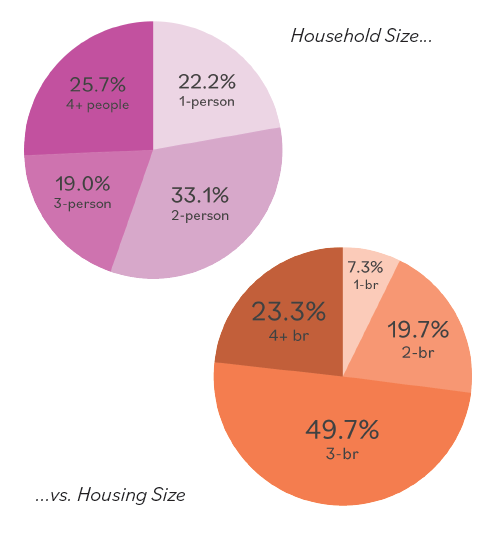Housing Assessment: Bartow County
A Collaborative Housing Study of Bartow County
Like many places on the urban fringe of Atlanta, Bartow County and its communities are witnessing tremendous growth and interest in their economic opportunities, picturesque environment, and rural charm.
With that growth, however, comes increased development pressure on the county’s land to accommodate everything Bartow County needs to thrive: from housing and industry to schools and infrastructure, not to mention the area’s plentiful natural resources and outdoor recreation opportunities.
To better understand this pressure and how Bartow County and its cities might accommodate large influxes of new residents, Georgia Conservancy joined with several partners—including Bartow Collaborative and Fort Valley State University’s Cooperative Extension Program—to critically analyze the county’s current housing landscape through the Bartow County Housing Assessment. Though comprehensive in scope, the assessment sought to shed light specifically on the issue of workforce housing, such that Bartow County’s entire workforce (from the “factory floor” to the C-suite) can find a quality home and cultivate a prosperous quality of life.
The project team conducted comprehensive analyses of housing trend data, local policy documents and zoning maps, and commute and building construction patterns. Our partners at the University of Georgia’s Center for Housing and Community Research also conducted a qualitative survey of families living in extended stay hotels, which highlighted several challenges that prevent families from attaining quality homes of their own.
Overall, the assessment found that Bartow County and its cities are experiencing a mismatch between housing demands and existing housing stock. However, some jurisdictions—Cartersville and Emerson, especially—have established a fairly innovative framework that could encourage a diversity of housing options that could support local economic development efforts. Strong policy related to allowing “missing middle” housing types (lofts and small-scale multi-family, especially) could support healthy additions to the housing market that reduce development pressure on surrounding landscape and offer lower-cost options for multiple different family types.
The assessment recommended identifying one or more target areas for new or retrofitted development to focus on first, and engaging in a pilot project to demonstrate the viability and quality of an alternative housing option. The assessment encouraged Bartow County leadership to proactively establish partnerships with developers who deliver suitable and attractive products; through these collaborative relationships, new housing that provides different options supportive of existing town centers could begin to serve the growing need for housing of varied types and price points for Bartow County.
Click here to read the Housing in Bartow County Advisory Document, prepared by Georgia Conservancy in collaboration with partners for the USDA’s Rural Economic Development Initiative & Bartow County.
PROJECT TEAM
Doug Belisle – Executive Director, Bartow Collaborative
Michael Gawrys – Doctoral Student, University of Georgia
Quincy Haisley – Research Consultant, Georgia Conservancy
Nick Johnson – Senior Planner, Georgia Conservancy
Katherine Moore – President, Georgia Conservancy
Joy Moten-Thomas – Assistant Administrator for Community Development and Outreach,Fort Valley State University
Luben Raytchev – Planner/Designer, Georgia Conservancy
Dr. Kim Skobba – Director, University of Georgia’s Center for Housing and Community Research
COUNTY STAFF
TJ Leffew – Director of Information Services
Melissa McClain-Lasebikan – GIS Developer/Analyst
Patrick Nelson - Community Redevelopment Coordinator
Peter Olson – County Administrator
Questions? Reach out to Georgia Conservancy Senior Planner Nick Johnson at njohnson@gaconservnacy.org






